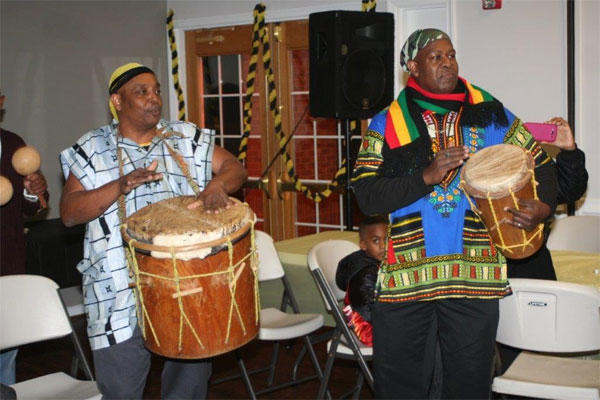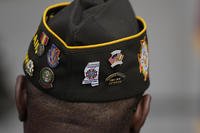In celebrating June as Caribbean-American Heritage Month, the Coast Guard spotlighted the Garífuna, a unique Afro-Caribbean indigenous group whose seafaring descendants trace their early heritage from the Caribbean islands of Belize and Saint Vincent and have settled in fishing villages off the coast of Honduras, Nicaragua, Guatemala and Belize.
Out of more than 300,000 Garífuna in North America, their numbers serving in the military remain unknown as the Coast Guard and many major organizations include them as African-Americans in tracking its diversity workforce.
In the Coast Guard, Master Chief Petty Officer George D. Lopez, Petty Officer 1st Class Cornelio M. Herrera and Petty Officer 1st Class Georgette Lopez count themselves as the handful of Garífuna who proudly serve supporting homeland security missions and national defense.
Of all of his 23 years in the Coast Guard, Lopez counts his time aboard Coast Guard Cutter Dallas in 1991 as his most memorable experience. Working in the largest Haitian repatriation in the history of the United States giving him a deeper understanding and connection to the complexities of the Caribbean diaspora that continues today.
“While I do identify with the larger group of African-Americans here, my unique heritage and culture as a Garífuna sets us apart from the larger black experience, even as we all serve with pride and dignity in the Coast Guard,” said Lopez. This is why.
In 1635 Garífuna forebears started as West Africans whose slave ships wrecked off Saint Vincent. Escaping the chattels of slavery, the prisoners took refuge and blended peacefully with the island’s Carib and Arawak natives and with French settlers. In the late 18th century, tensions rose when the English colonists arrived resulting with the islanders’ exile to Roatan, Honduras. Not long after settling there, a civil war in 1832 found the second generation mixed Carib immigrants fleeing to British Honduras, now Belize.
The Garífuna’s devotion to their maritime heritage as skilled sailors and fishermen uniquely sets them apart from other ethnic Caribbean groups. They carved canoes and etched boats from huge mahogany trees. They sailed the Caribbean without modern technology, were extremely resourceful and possessed a strong will to survive.
Continuing the tradition of their maritime heritage into Northern America, the first Garífuna migrated to the United States as merchant marines after World War II. As immigration continued over the years, some joined the military and quickly adapted into the mainstream, helping to inextricably link their legacy to America’s diversity.
While Garífuna who serve have strengthened diversity in the armed forces, many also give back to the culture that shaped them into what they are and into the successes they have become. For Lopez, this means balancing his career, helping to preserve his heritage and actively giving back to the local Hampton Roads community through Partnership in Education.
Lopez serves as the assistant president of the Garífuna United Association of Virginia, or GUAVA. By sponsoring the annual Garífuna Settlement Day, GUAVA preserves the cassava as the enduring symbol of the Garífuna culture. Folklore describes the cassava being hid in clothes surviving on the sweat of the tightly captives on prisoner ships headed to Honduras. Cassava was immediately planted where it grew abundantly in Roatan and sustained the exiles. In celebrating this history in Belize and in the United States, re-enactors slip out to sea in boats, then ride the surf onto shore, waving palm fronds and banana leaves to symbolize the cassava that sustained their ancestors.
The Garífuna experience is one of various maritime heritages linking people, places and culture. By serving in the Coast Guard, the Garífuna and other Caribbean groups contribute to diversity and strengthen relationships between partner nations and offer unique insights to the rich and complex history of our immigrant nation.




























